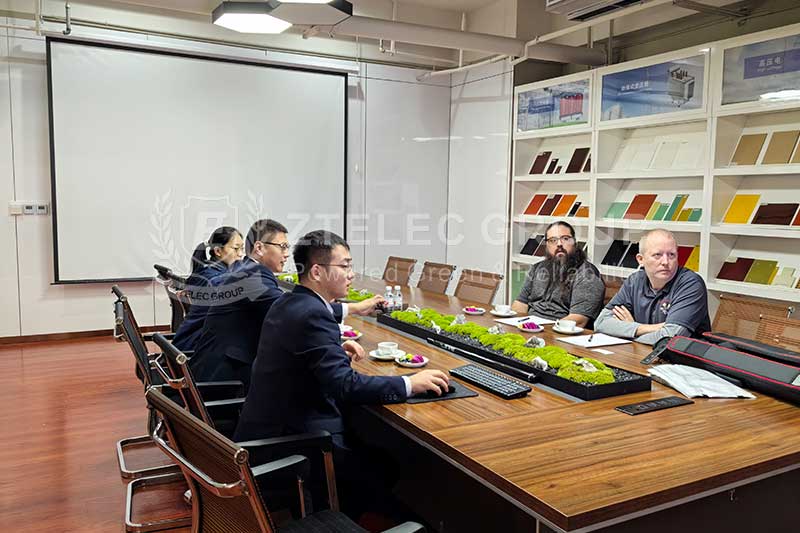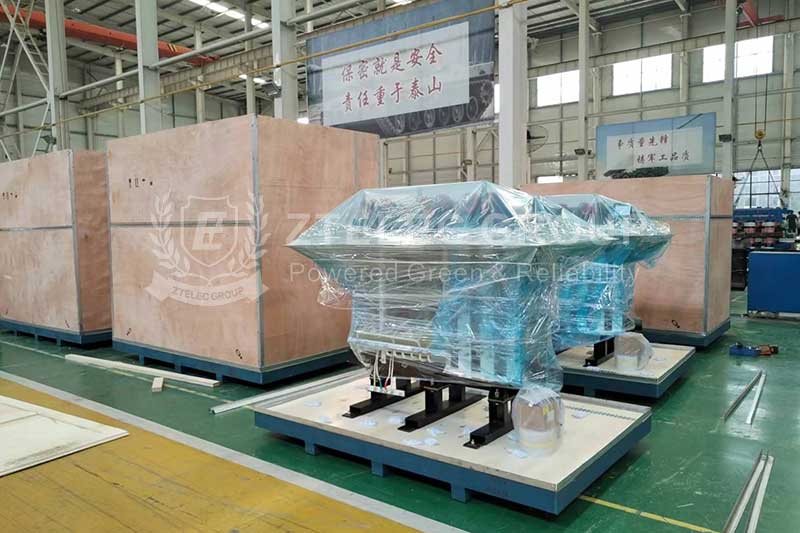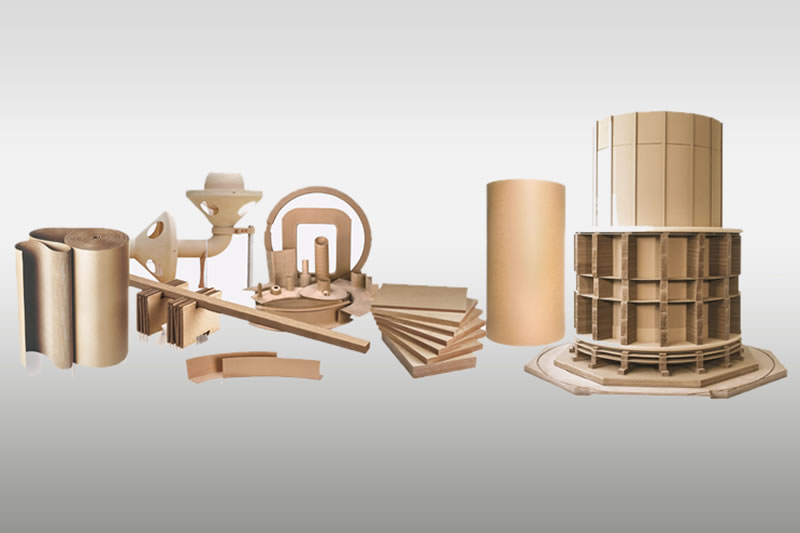Dry-Type Transformers: Technical Conditions, Advantages, and Applications
In the power system, dry-type transformers are key equipment, and their technical characteristics, performance advantages and application scenarios have attracted much attention. The following is a detailed introduction from multiple aspects.
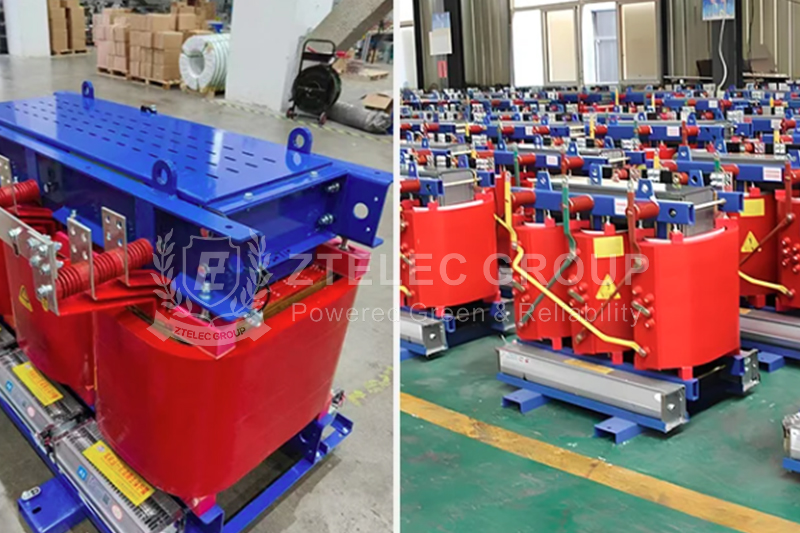
Technical Conditions of Dry-Type Transformers
Cooling Methods: Dry-type transformers use natural air cooling for small-capacity units, enabling long-term stable operation, and forced air cooling for large-capacity systems to enhance heat dissipation and performance under high load.
Electrical Parameters: Typically operate at 50Hz or 60Hz. No-load current is minimized to improve power efficiency and reduce energy consumption.
Insulation and Withstand Voltage: Strict standards govern insulation resistance and withstand voltage testing for both high and low voltage to ensure safe operation.
Winding Connection: Common configurations include Yyn0 and Dyn0, which can be selected to meet different grid and load requirements.
Temperature and Noise: Temperature rise is tightly controlled to avoid thermal failure, and low noise levels ensure minimal disturbance in sensitive environments.
Operating Environment: Requirements include regulated temperature, humidity, and altitude to ensure optimal transformer performance.
Structural Components: Made of high-quality stainless steel for protection, with well-monitored windings and integrated temperature control and alarm systems to ensure consistent and safe operation.
Advantages of Dry-Type Transformers
Outstanding Safety Performance: Dry-type transformers eliminate oil-leakage and explosion risks. Epoxy resin castings offer strong thermal stability and mechanical strength, enhancing overload and seismic resistance.
Significant Environmental Benefits: Oil-free, pollution-free, and low in no-load losses. Compliant with top-tier energy efficiency standards, suitable for eco-friendly and noise-sensitive urban environments.
Economic and Reliable: Long insulation life (up to 30 years), low maintenance, and smart sensor integration for remote monitoring make these transformers a cost-effective solution.
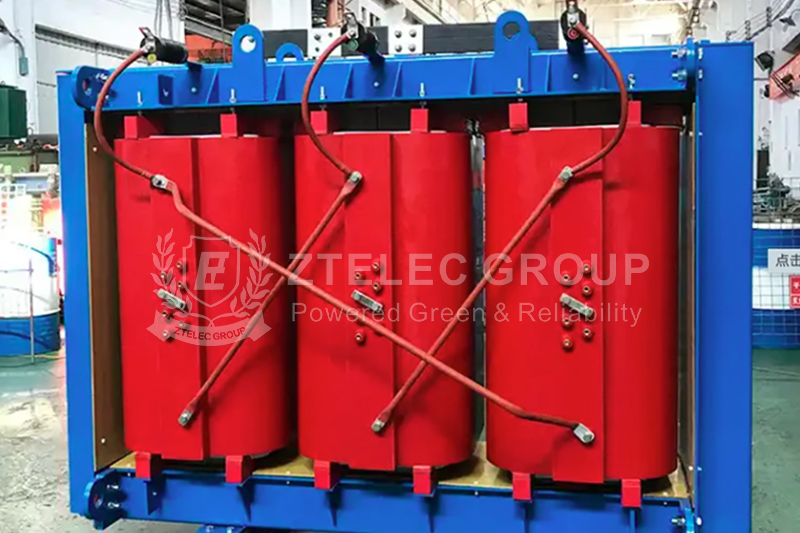
Typical Applications of Dry-Type Transformers
Commercial and Public Buildings: Ideal for malls, hotels, and hospitals, ensuring fire safety and stable power for critical facilities.
Industrial Field: Suitable for corrosive and explosive environments like chemical plants and mines. Provides stable, interference-resistant power in manufacturing systems.
New Energy and Data Centers: Widely used in renewable energy booster stations and mission-critical data centers for their energy efficiency and intelligent control features.
Special Occasions: Employed in marine platforms and nuclear plants where corrosion resistance and fire safety are essential, complying with high industry standards.
Dry-type transformers are an effective and efficient method for electrical energy transfer. Their safety, durability, and environmentally friendly features make them a popular and modern alternative to oil-filled transformers across diverse industries and applications.
- more+releated article
- 2025-12-13How to Select and Use Phenolic Cloth-base Lami
- 2025-12-13How Much Does Bakelite Sheet Cost? 2025 Price
- 2025-12-13Why are most 3240 epoxy boards yellow?
- 2025-12-13What are the Main Applications of FR4 Epoxy Bo
- 2025-12-13Why Does the Price of Insulating Paperboard Va
- 2025-12-13Heat-Resistant DDP Insulation Paper
- 2025-12-13Comparison of Heat-Resistant DDP Insulating Pa
- 2025-12-13G10 and FR4 Epoxy Boards: Commonly Used for Ge
- 2025-12-13The Price of Heat-Resistant DDP Insulation Pap
- 2025-12-13How to Choose Epoxy Laminate Materials for Gen


